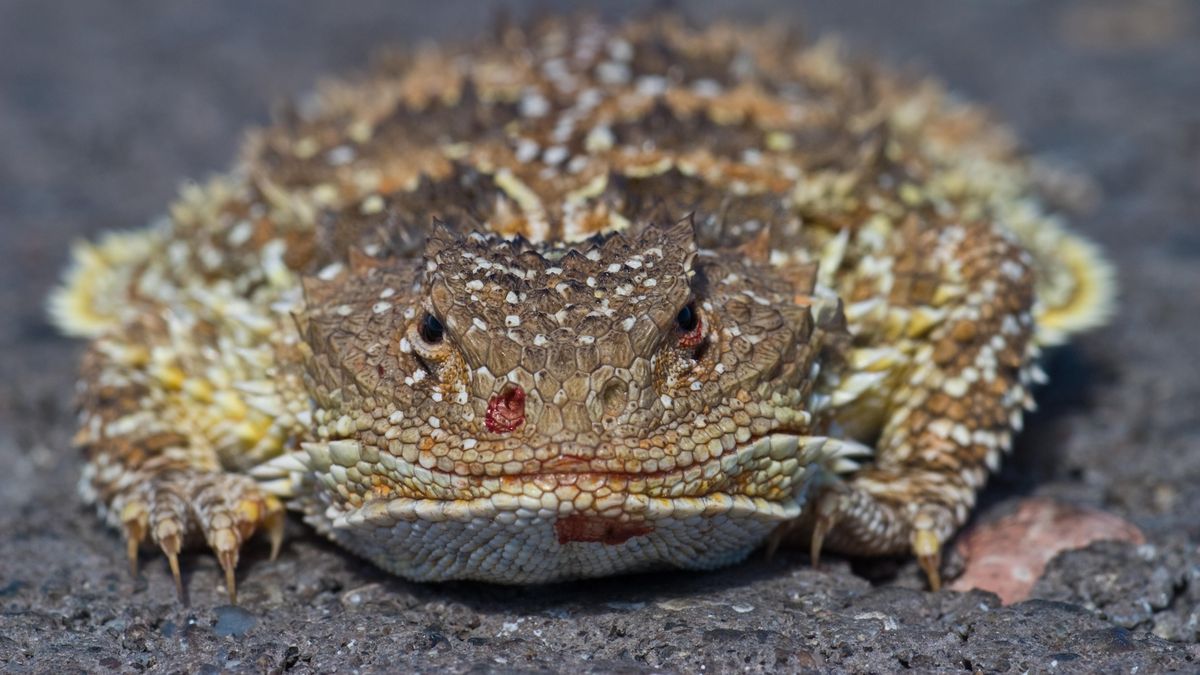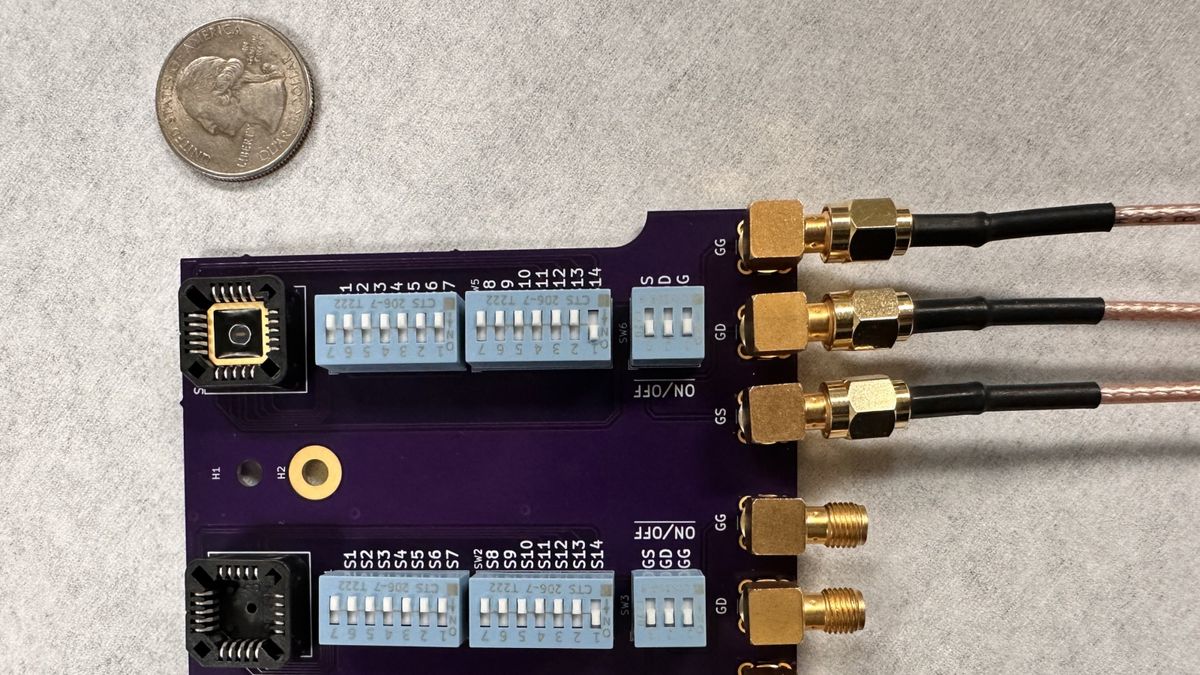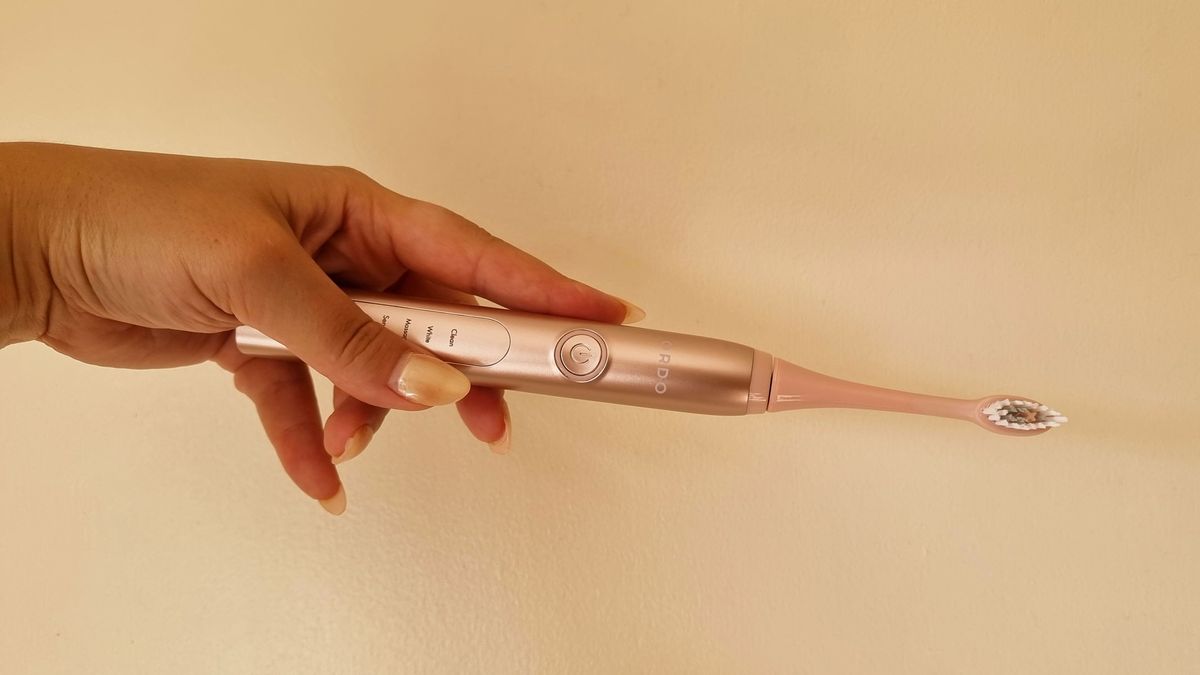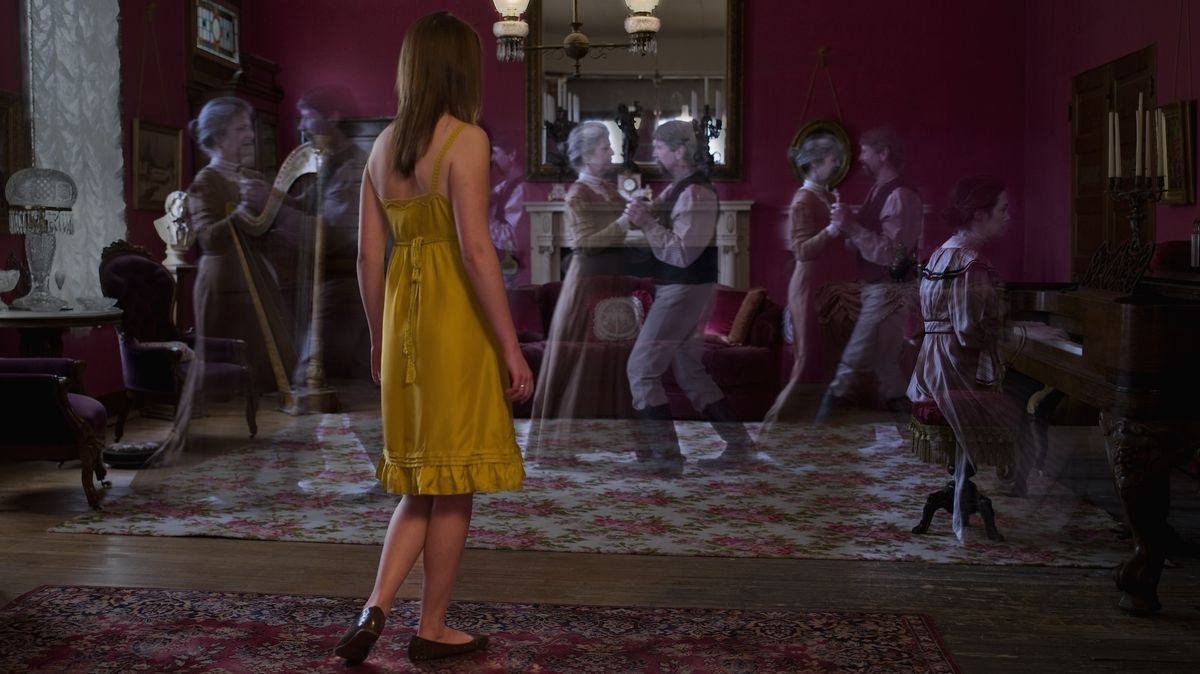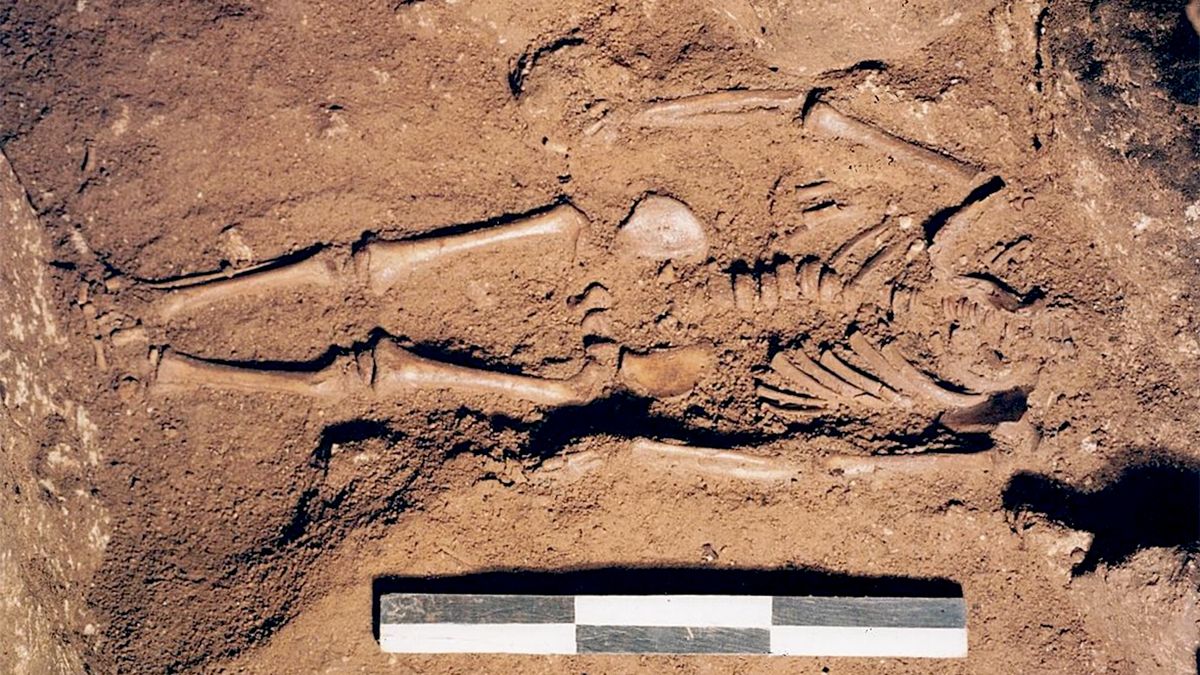Name: Greater short-horned lizard (Phrynosoma hernandesi)
Where they live: North and Central America
What they eat: Ants, spiders and other small insects
Why they’re awesome: Greater short-horned lizards have a squat, flat shape and short snouts, which makes them look more like amphibians than reptiles — hence the nickname “horny toads.” But these lizards are most famous for their unusual defense mechanism: When threatened, they squirt a stream of blood from their eyes up to a distance of 5 feet (1.5 meters).
They do this by restricting the blood flow leaving their heads, which increases blood pressure and causes tiny blood vessels to burst around the eyes. They shoot the blood at predators to cause confusion, giving them a chance to escape.
Around eight species of horned lizards are thought to use this grisly trick, known as autohaemorrhaging.
Watch On
Greater short-horned lizards, which grow to around 6 inches (15 centimeters) long, may release a third of theirits total blood supply this way.
While it doesn’t appear to deter birds, the blood does affect canines like dogs (Canis familiaris), coyotes (Canis latrans) and foxes (Vulpes), which shake their heads to get rid of it. The lizards seem to recognize this and are more likely to use it on dogs than on other predators.
The blood is laced with toxic chemicals, which may come from the venomous harvester ants (Pogonomyrmex) that the lizards eat. Although their blood isn’t poisonous, it tastes unpleasant to predators. Short-horned lizards aren’t affected by the venom of the harvester ants they feed on because a chemical in their blood plasma neutralizes it. They also produce large amounts of mucus to immobilize the insects, enabling the lizards to swallow them without getting hurt by the venom.
But blood squirting isn’t short-horned lizards’ only defense. They have mottled skin and flat bodies, making them very well-camouflaged. Their bodies are covered in sharp spines, including two large head spikes. If a predator attempts to bite them, the feisty lizards bow their head, exposing the horns to the predator’s mouth.
The lizards can also inflate themselves to twice their normal size when attacked. Not only does this make them look more intimidating, it can cause predators trying to swallow them to choke.





